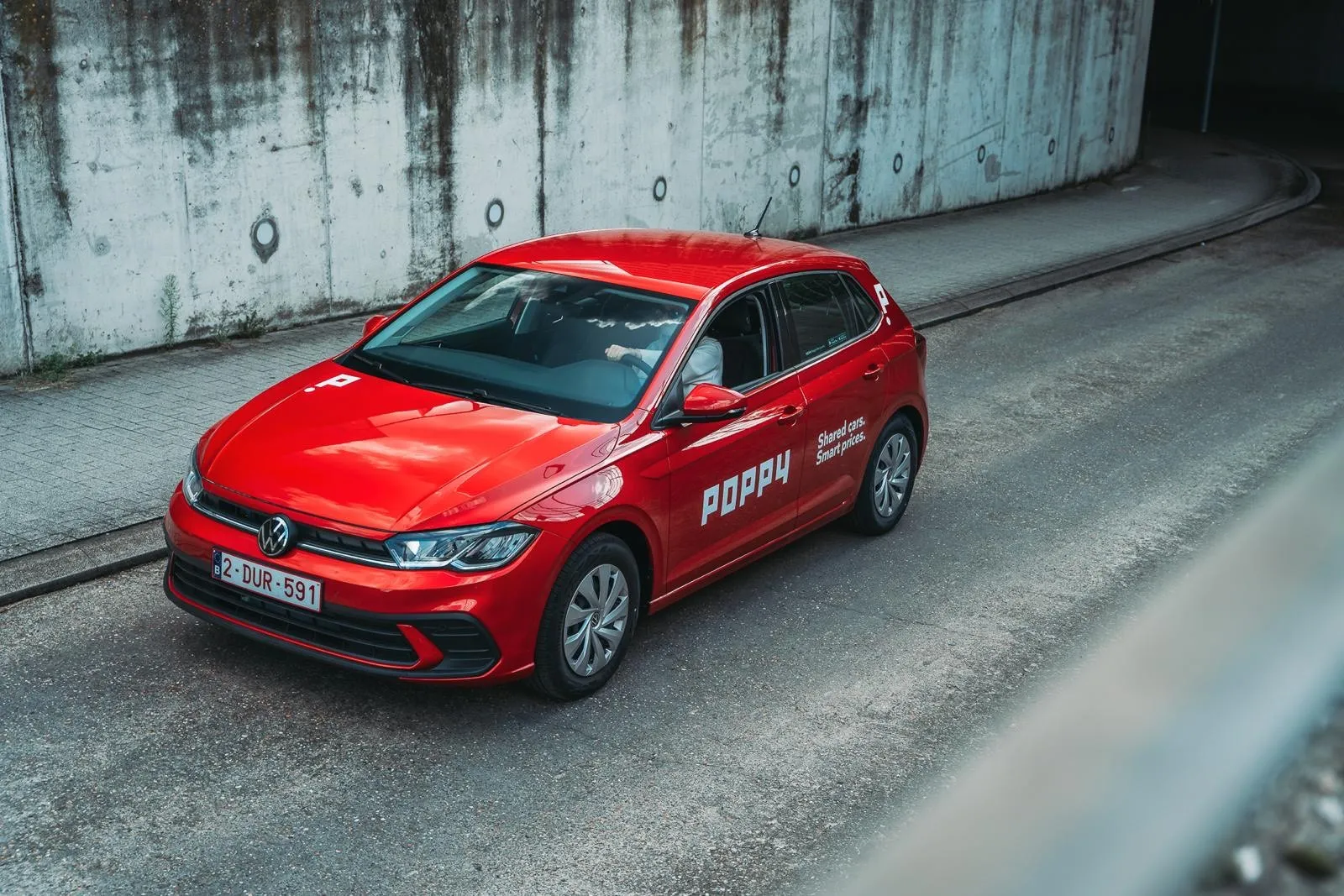TRW’s latest Lane Keeping Assist (LKA) technology, incorporating closed loop control, has gone into production for the first time on two vehicle platforms for the European market.
LKA integrates data from a video camera sensor with electrically powered steering (EPS) to apply a short counter-steer torque via the steering system to assist the driver in preventing the vehicle from unintentionally leaving the lane.
In conventional LKA systems, the technology is only active when the vehicle is close to t
December 4, 2013
Read time: 2 mins
TRW’s latest Lane Keeping Assist (LKA) technology, incorporating closed loop control, has gone into production for the first time on two vehicle platforms for the European market.
LKA integrates data from a video camera sensor with electrically powered steering (EPS) to apply a short counter-steer torque via the steering system to assist the driver in preventing the vehicle from unintentionally leaving the lane.
In conventional LKA systems, the technology is only active when the vehicle is close to the lane borders, at which point the counter-steer torque is applied, helping to correct the driving position. TRW says that, with this closed loop version, the steering angle is controlled more closely as the driver is 'coached' to steer the vehicle away from the border back to the centre of the lane. As with all LKA systems, the induced torque generated by the EPS system can be easily over-ridden by the driver at any time.
Andy Whydell, product planning, TRW Electronics commented: "Lane Keeping Assist technology has great potential in helping to improve road safety. According to 2011834 National Highway Traffic Safety Administration (NHTSA) data, 53 per cent of road fatalities result from a roadway departure, and 7120 Insurance Institute for Highway Safety (IIHS) data estimates that lane departure warning and lane keeping assist systems could save more than 7,500 lives in the USA each year."
"This technology is the first step towards a full lane centring system where the EPS system will help keep the driver in the centre of the lane at all times. Such technologies are starting to form the basis for semi-automated driving functionality," concluded Whydell.
LKA integrates data from a video camera sensor with electrically powered steering (EPS) to apply a short counter-steer torque via the steering system to assist the driver in preventing the vehicle from unintentionally leaving the lane.
In conventional LKA systems, the technology is only active when the vehicle is close to the lane borders, at which point the counter-steer torque is applied, helping to correct the driving position. TRW says that, with this closed loop version, the steering angle is controlled more closely as the driver is 'coached' to steer the vehicle away from the border back to the centre of the lane. As with all LKA systems, the induced torque generated by the EPS system can be easily over-ridden by the driver at any time.
Andy Whydell, product planning, TRW Electronics commented: "Lane Keeping Assist technology has great potential in helping to improve road safety. According to 2011
"This technology is the first step towards a full lane centring system where the EPS system will help keep the driver in the centre of the lane at all times. Such technologies are starting to form the basis for semi-automated driving functionality," concluded Whydell.










